Surge in Geriatric Population
The Tissue Expander Market is poised for growth due to the surge in the geriatric population. As individuals age, the incidence of conditions requiring reconstructive surgeries, such as breast cancer, increases. The World Health Organization projects that by 2030, the number of people aged 60 years and older will reach 1.4 billion, creating a larger patient base for tissue expanders. This demographic shift is likely to drive demand for reconstructive procedures, thereby positively impacting the tissue expander market. Additionally, older patients often seek solutions that enhance their quality of life, making tissue expanders an appealing option. The industry must adapt to cater to the unique needs of this population, potentially leading to innovations in product design and patient care.
Rising Demand for Breast Reconstruction
The Tissue Expander Market experiences a notable increase in demand for breast reconstruction procedures. This trend is largely driven by heightened awareness regarding breast cancer and the subsequent need for reconstructive surgeries. According to recent statistics, approximately 1 in 8 women are diagnosed with breast cancer, leading to a significant number of mastectomies. Consequently, the demand for tissue expanders, which facilitate the reconstruction process, is expected to rise. The market is projected to grow at a compound annual growth rate (CAGR) of around 6% over the next few years, indicating a robust expansion in the industry. This growth is further supported by advancements in surgical techniques and materials used in tissue expanders, enhancing patient outcomes and satisfaction.
Increasing Awareness of Aesthetic Procedures
The Tissue Expander Market is significantly influenced by the growing awareness and acceptance of aesthetic procedures. As societal norms evolve, more individuals are seeking cosmetic enhancements, including breast augmentation and reconstruction. This shift in perception is leading to an increase in elective surgeries, where tissue expanders are often utilized. Market data suggests that the aesthetic segment is projected to account for a substantial share of the overall tissue expander market, with an anticipated growth rate of approximately 5% annually. This trend is further fueled by the rise of social media and celebrity endorsements, which promote body positivity and the normalization of cosmetic procedures. Consequently, the demand for tissue expanders is likely to continue its upward trajectory as more patients opt for aesthetic enhancements.
Regulatory Support and Reimbursement Policies
The Tissue Expander Market benefits from favorable regulatory support and reimbursement policies. Governments and health organizations are increasingly recognizing the importance of reconstructive surgeries, leading to improved coverage for procedures involving tissue expanders. This regulatory environment encourages healthcare providers to offer these services, thereby expanding market access. Furthermore, reimbursement policies that support the use of tissue expanders in both reconstructive and aesthetic procedures are likely to enhance patient affordability and accessibility. As a result, the market is expected to experience growth as more patients are able to undergo necessary surgeries without financial constraints. This supportive framework not only boosts the tissue expander market but also fosters innovation and competition among manufacturers.
Technological Innovations in Tissue Expanders
Technological advancements play a crucial role in shaping the Tissue Expander Market. Innovations such as the development of adjustable tissue expanders and the incorporation of smart technology are enhancing the functionality and effectiveness of these devices. For instance, the introduction of expanders with integrated pressure sensors allows for real-time monitoring of tissue expansion, potentially improving patient safety and comfort. Furthermore, the market is witnessing an influx of new materials that are biocompatible and promote better integration with human tissue. These innovations not only improve surgical outcomes but also expand the range of applications for tissue expanders, thereby driving market growth. As a result, the industry is expected to see a steady increase in investment in research and development, fostering a competitive landscape.


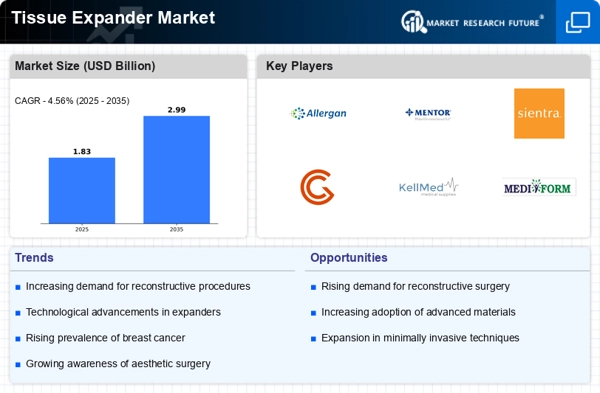
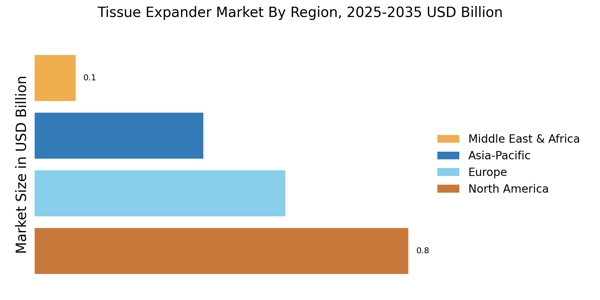
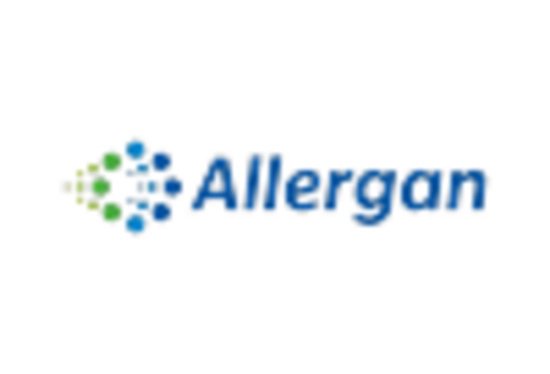
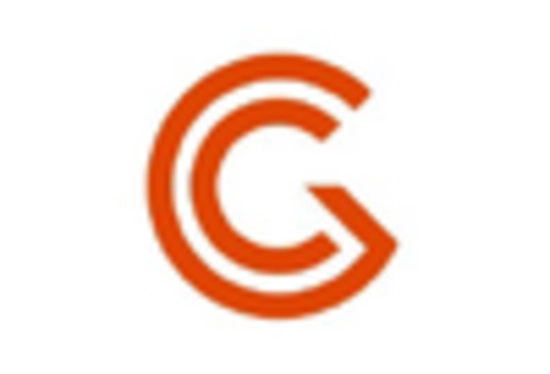



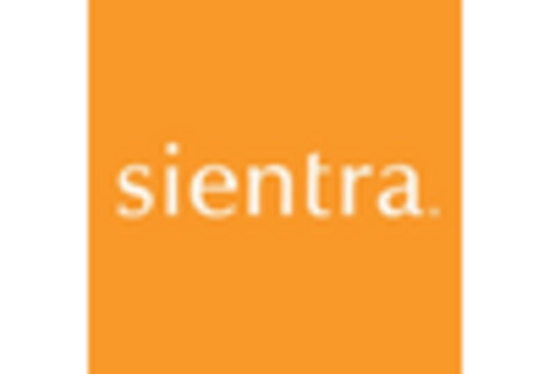








Leave a Comment